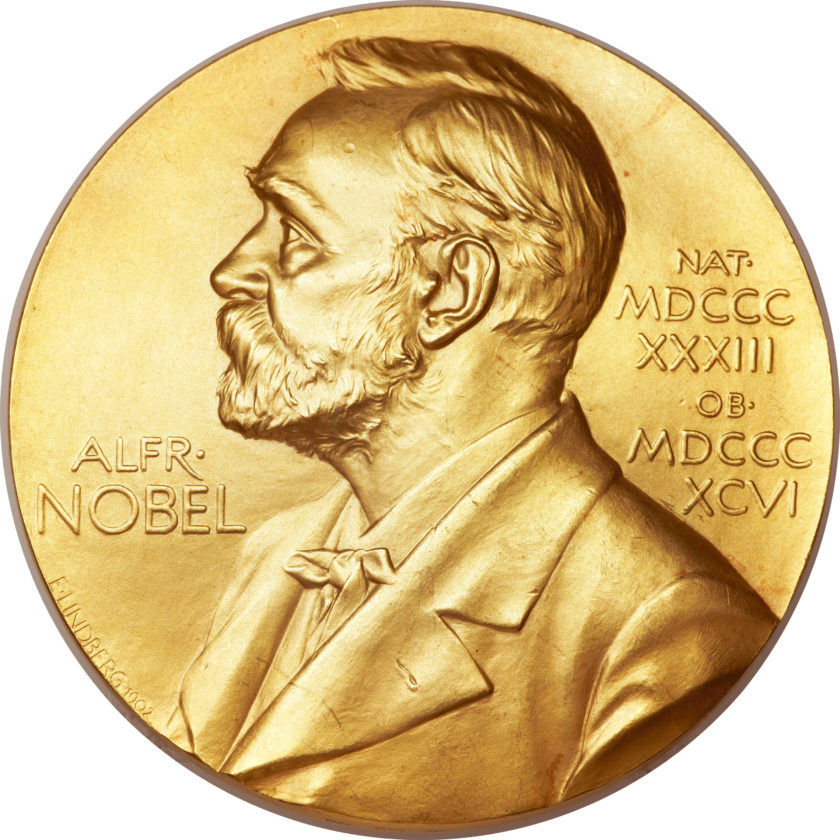 |
| If you think this is Nice, you're close. It's Cannes. |
I was super lucky. I learned this lesson at Cannes, where a public service announcement I’d directed was chosen to screen. Major venue. Sophisticated audience. Sold out theatre. (Did you notice I spelled it with the R before the E? Yeah. All French and everything.)
So anyway, sold out theatre, which meant that by the time I got there I ended up having to stand and I guess the French fire marshall isn’t as particular as the ones we have here because even after all the seats were taken, people kept piling in. And all of them were going to see the tiny thing we managed to pull together for less than $6,000 –– and that included what we spent to fix the scratch on the negative, which by the way wasn’t David Claessen’s fault. He did an amazing job as the cinematographer on this and I have yet to thank him appropriately.
Where was I?
 |
| David Claessen –– extraordinary cinematographer |
By the time the lights went down, the aisles were full and I’d been shoved all the way to the front of the theatre, almost underneath the screen, which meant I didn’t get a very good view of anything that was being projected. But I got an incredible view of the audience.
I got to see people engaged, bored, interested, fidgeting…
When my little gem came on, I wanted to see it. I mean, I WAS SCREENING IN CANNES!
But I couldn’t, really. And besides, it’s not like I hadn’t seen it before. So I watched the people watching it.
The whole spot happens in one take –– that’s the way I designed it –– and there’s an instant where I want you the viewer to realize what’s going on and just how horrific it is. It’s one thing for a director to intend that; quite another for a director to make it happen. And I made it happen. The entire theatre gasped at exactly the same moment.
“Damn,” I thought to myself. “I am very talented."
(If this video doesn't play,
try this link: https://vimeo.com/75154837)
So early in my career that I figured, hey, I’m going to watch people watch my stuff every chance I get because that way I’ll get to see for real just how talented I am.
What I came to find out pretty quickly was that while everything worked exactly the way I planned for it to in this one piece, other times stuff didn’t go quite the way I thought it would. A joke I thought would get a huge laugh would only get an appreciative nod. Or a narrowing of the eyes. One time I happened to be in a bar when a commercial I’d just finished working on, one that I was super proud of, came on the TV. Nobody even looked up.
The thing is, I wouldn’t have known about those reactions –– or non-reactions –– if I hadn’t been watching for them.
And I wouldn’t have been able to fix the problems if I hadn’t seen for myself where they were.
I’ve been to a lot of Hollywood screenings where the directors sit in the back. When the film is over they nod and smile and graciously accept the praise of the people filing out. People who almost without exception tell them how wonderful they thought it was.
Sure, if you’re sitting in the back it’s easier to duck out so you can take a call from your agent or Martin Scorcese. But the directors I respect most don’t sit in the back and wait to hear people tell them what they want to hear. They turn off their phones, stand in the front, and see for themselves.
Brian Belefant is a copywriter turned director totally excité for his next assignment. Please call (503) 715 2852 or email belefant@me.com.
Brian Belefant is a copywriter turned director totally excité for his next assignment. Please call (503) 715 2852 or email belefant@me.com.















